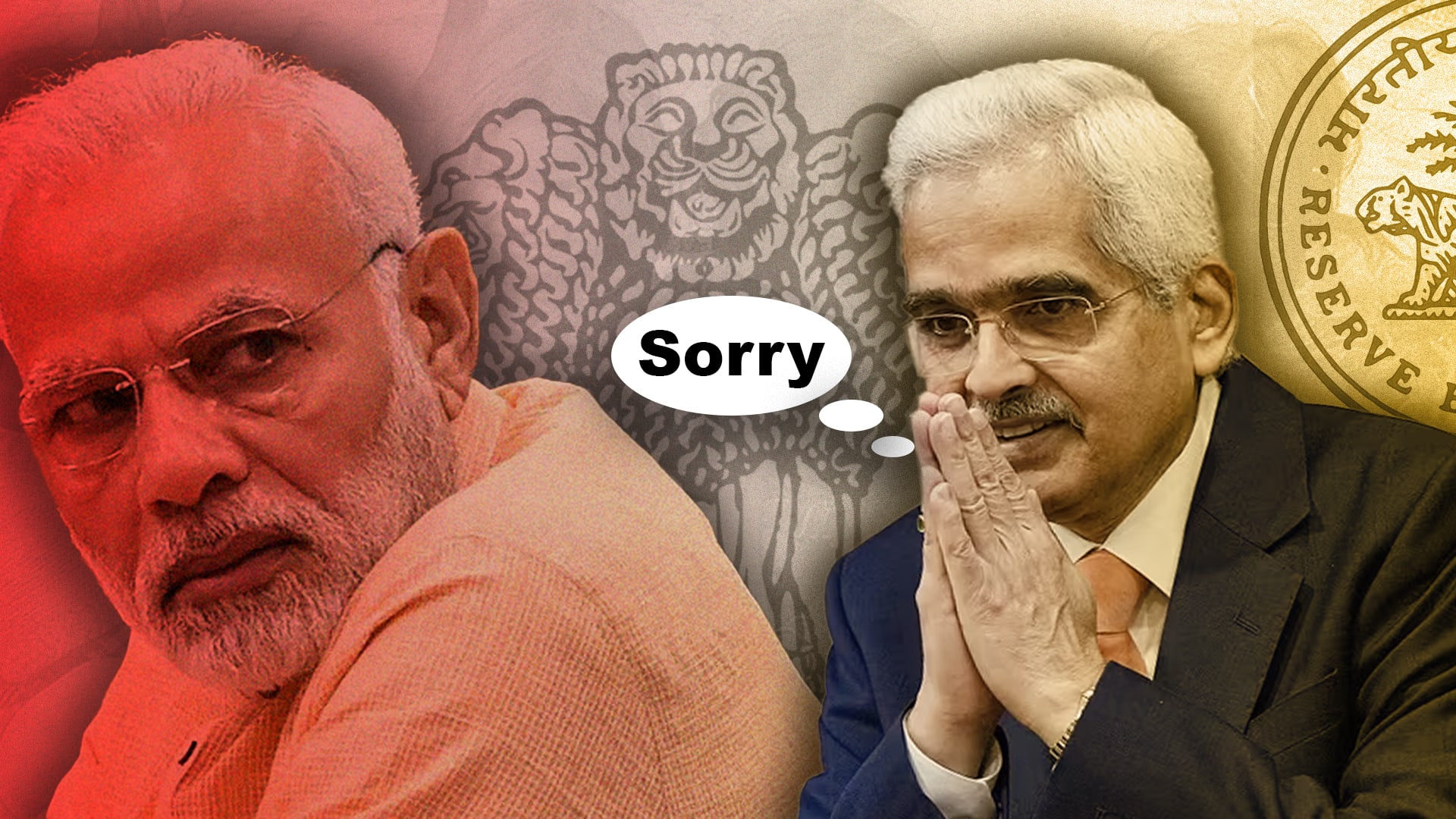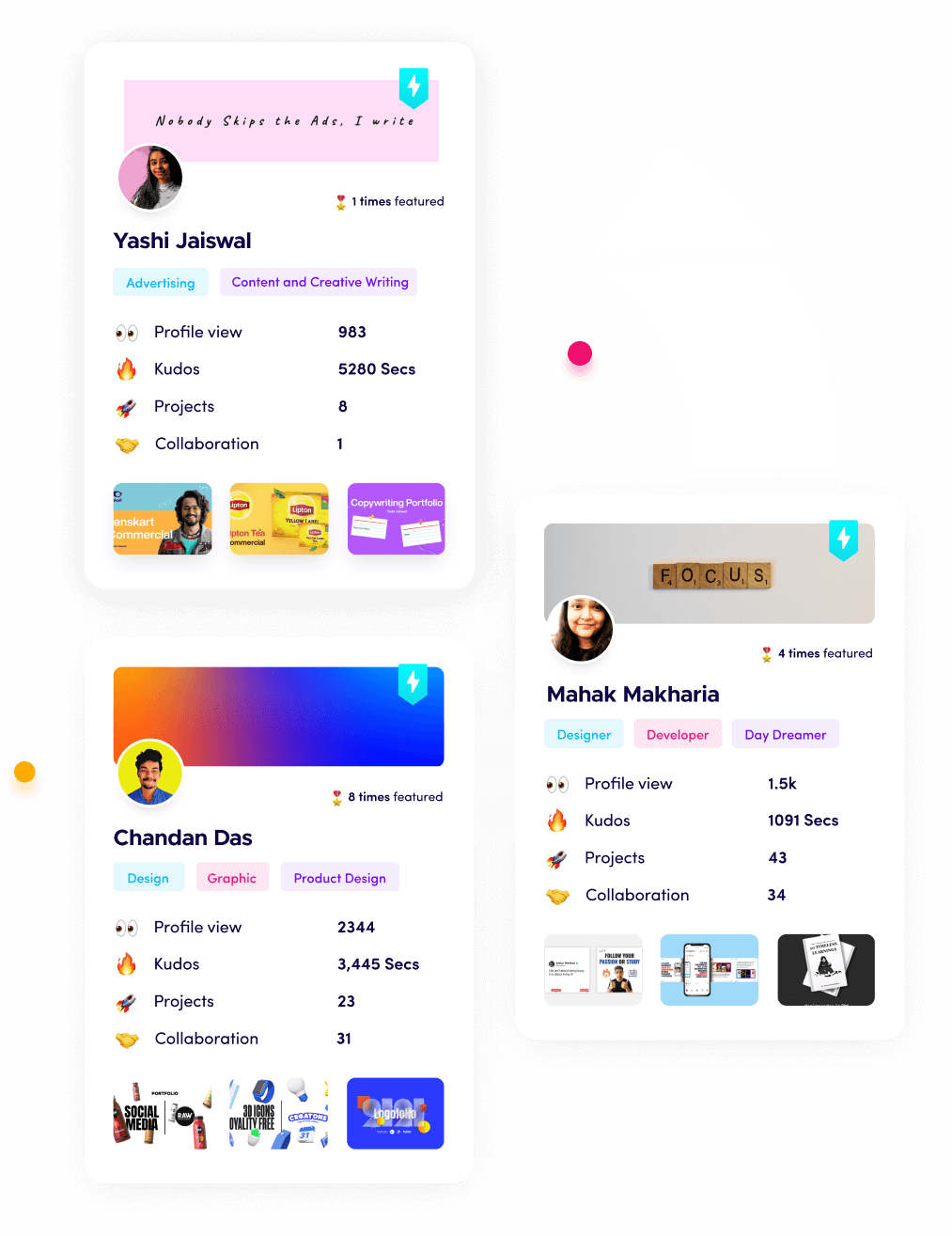why rbi print unlimited money
The Reserve Bank of India (RBI) does not print "unlimited" money. In fact, no central bank in the world has the authority or the intention to print unlimited money. The process of money creation and issuance is carefully managed to maintain the stability of a country's economy.
Here's how money creation and issuance typically work:
1. **Monetary Policy:** Central banks like the RBI are responsible for implementing monetary policy. They use various tools, such as interest rates and open market operations, to manage the money supply in the economy. The goal is to control inflation, promote economic growth, and maintain financial stability.
2. **Currency Printing:** Central banks are responsible for issuing physical currency notes and coins. The amount of physical currency in circulation is determined by the central bank based on the country's economic needs.
3. **Digital Money Creation:** Most money in modern economies is not in the form of physical cash but exists as digital money in bank accounts. When banks make loans, they create digital money in the form of bank deposits. This process is known as "fractional reserve banking." It's not the central bank printing money but rather commercial banks creating money through lending.
4. **Inflation Control:** Central banks are vigilant about controlling inflation, as too much money creation can lead to rising prices and economic instability. They use various tools to ensure that the money supply doesn't grow excessively.
5. **Responsible Management:** Central banks are independent institutions with a mandate to maintain price stability and support economic growth. They do not print unlimited money because doing so can lead to hyperinflation and severe economic consequences.
In times of economic crises, central banks may engage in quantitative easing (QE) or other unconventional monetary policies to provide liquidity to the financial system. However, even in these cases, the actions are carefully calibrated and temporary, and central banks have specific goals in mind, such as stabilizing financial markets or promoting economic recovery.
Printing unlimited money, in the sense of uncontrolled money creation without regard to economic fundamentals, would lead to hyperinflation, devaluation of the currency, and economic chaos. Central banks, including the RBI, take their roles as stewards of the money supply very seriously and make decisions based on a careful analysis of economic conditions and the potential consequences of their actions.
15 Aug 2023







